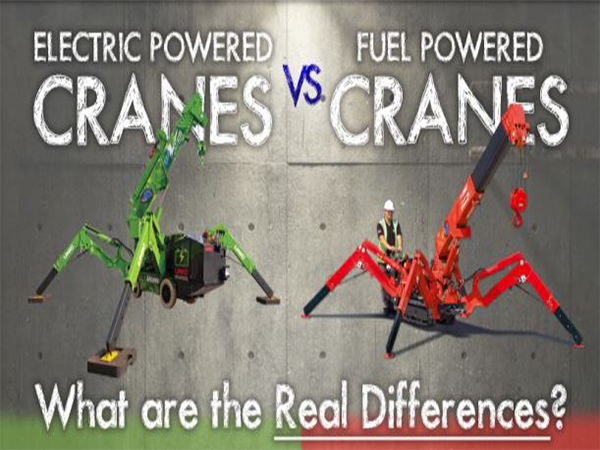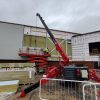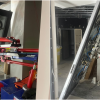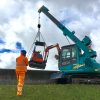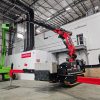Lifting and transporting various heavy objects or materials on construction sites and in manufacturing plants is accomplished more safely, quickly, and easily with the use of a mini crane. The specific way cranes are powered not only makes a difference in its overall performance and ease of use, but also in its cost, maintenance, and environmental friendliness.
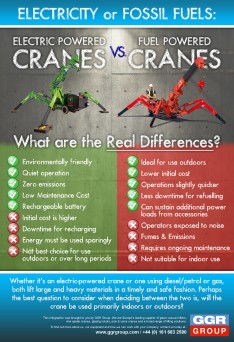 GGR Group realises that customers require different fuel options to suit the work they are doing but are very aware of the financial and environmental impact fuel choices can have. For the purpose of this article we will compare our electric-powered mini cranes and internal combustion engine (ICE) powered mini cranes.
GGR Group realises that customers require different fuel options to suit the work they are doing but are very aware of the financial and environmental impact fuel choices can have. For the purpose of this article we will compare our electric-powered mini cranes and internal combustion engine (ICE) powered mini cranes.
Electric-Powered Cranes – the advantages
More environmentally friendly than the ICE-powered crane, an electric-powered crane is not only quieter than its alternative; it also doesn’t generate or release any harmful emissions into the air. These are particularly important aspects to consider if the crane is going to be primarily used indoors where workers would be directly and regularly exposed to the loud noise and fumes of an ICE-powered machine. Further, an electric-powered crane is less expensive to maintain than an ICE-powered crane since it has less moving parts and a rechargeable battery (vs. regularly refilling a tank).
Electric-Powered Cranes – the disadvantages
With these impressive advantages, it’s hard to imagine that there are any weaknesses regarding the electric-powered crane, but there are a few and they are all related to the battery. Due to the need for a battery and charge, the initial investment is higher; and, unless there is more than one crane on site, the operator must wait until the battery is fully recharged before using it. Further, this type of crane is not the best choice for outdoor use since the battery, electrical components, and circuitry should not be exposed to the elements for prolonged periods of time.
ICE-Powered Cranes – the advantages
Ideal for outside applications and able to function at full capacity in wet or damp weather; the ICE-powered crane has a lower initial cost than an electric-powered crane. Easily accessible 24 hours a day, there’s no downtime with this option since the user simply needs to refill the tank with fuel when it gets low (vs. having to wait to recharge its battery). No extra space needs to be reserved for a special battery charging station for an ICE crane; it can be parked wherever it is convenient. The overall performance of an ICE-powered crane – including its acceleration capabilities and lift speeds – is superior to its counterpart. Further, the capacity of this cranes battery can easily handle the addition and use of any necessary hydraulic attachments; conversely, the more components that access power from the electric crane’s battery, the quicker that battery and the overall power of the electric crane is drained.
ICE-Powered Cranes – the disadvantages
If the crane is going to be used outside but still in close proximity to workers, the noise and fumes emitting from the fuel can be still intolerable for some workers. The ICE crane requires more maintenance over time and the ongoing purchase of fuel. An ICE – powered crane is not suitable for working in sensitive environments or confined spaces.
Whether it’s an electric-powered crane or one using diesel/petrol or gas, both lift large and heavy materials in a timely and safe fashion. Perhaps the best question to consider when deciding between the two is, will the crane be used primarily indoors or outdoors?
Trackback URL: https://www.ggrgroup.com/news/cranes-electricity-or-fossil-fuels/trackback/
